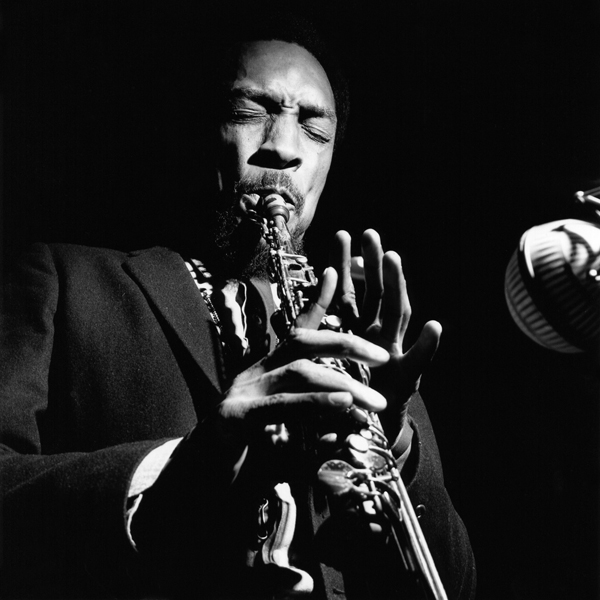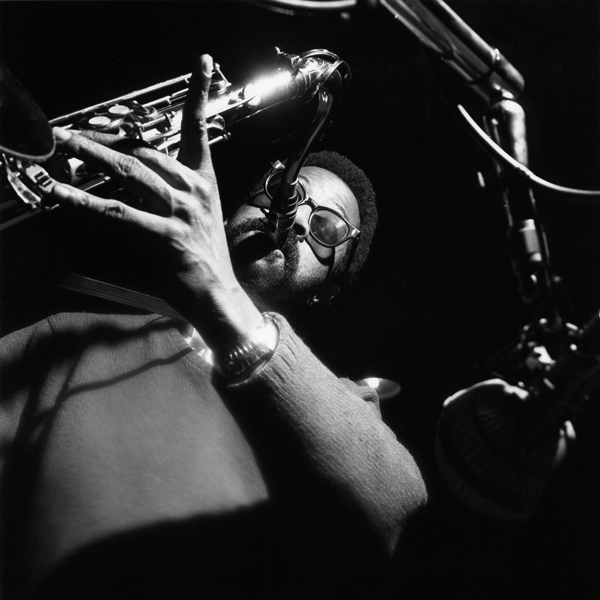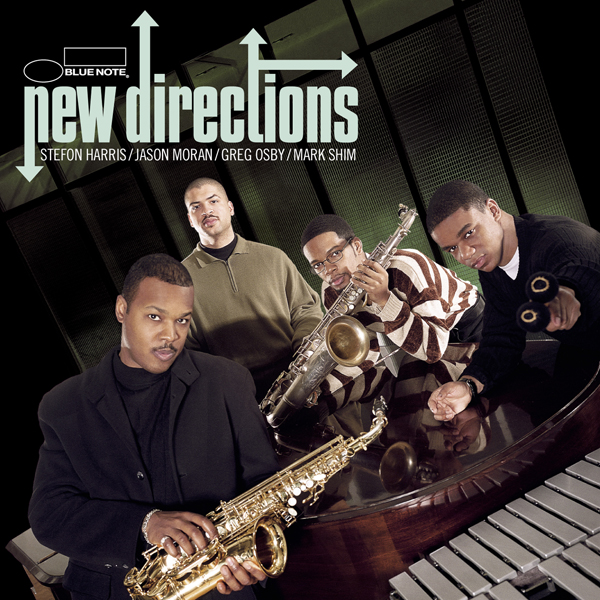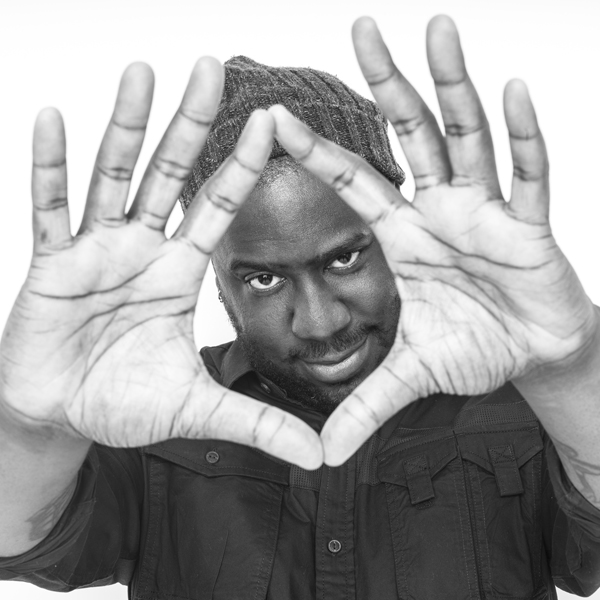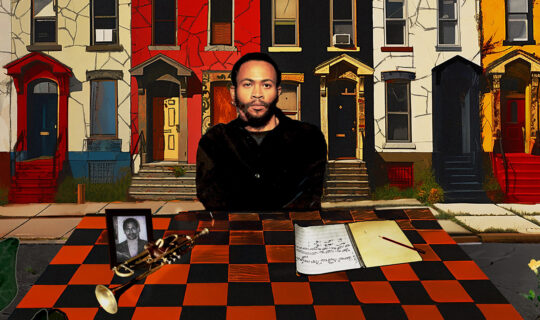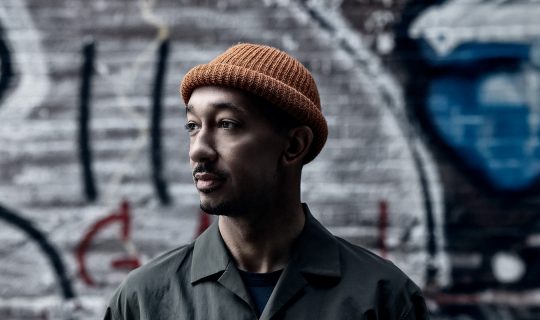January 23, 2025
Saxophonist and composer Sam Rivers is remembered for his brilliant work as a leader and sideman, for the loft studio and performance space he operated in the 1970s, but above all, Rivers is remembered for “Beatrice,” a deeply felt ballad inspired by his wife. First recorded on his visionary debut as a leader, 1964’s Fuchsia Swing Song, “Beatrice” bridges the gap between hard bop and free jazz, with a fluid structure that Rivers floats over to create the illusion of formlessness.
Part chord changes, mostly mood, it has since become a jazz standard and a staple of tenor saxophone repertoire in particular, covered by too long a list of players for this space. Similar to John Coltrane’s “Naima” for its muse, “Beatrice” is the product of one of the pivotal love stories of the post-bop era. After 56 years together, Rivers outlived his wife by seven years, and one listen to the song goes a long way toward explaining the longevity of their love.
Beatrice managed operations for Rivbea Productions, their company together, and was a fixture at Studio Rivbea, the Bond Street performance space that served as an incubator for then-underground jazz luminaries including Anthony Braxton, Hamiet Bluiett, and Henry Threadgill. The growing popularity of Studio Rivbea, coupled with his forward-thinking compositions, made Rivers a leading figure and spiritual guide for the ’70s jazz loft scene.
Though Rivers continued pushing the boundaries of the avant-garde for the rest of his career, “Beatrice” stands out in the indomitable saxophonist’s oeuvre, a promise of the shape of jazz to come, a minimalist deconstruction of jazz convention, and a pure expression of love. Playing the tune is a bit like windsurfing; a balancing act that demands attention to its varying waves, but carries those who have internalized the free-flowing aesthetic and know which direction they want to take it.
Rivers wrote “Beatrice” as part of his daily composition ritual, when he thought of his wife as the ideas started percolating. Tony Williams, who Rivers met as a young teenager, had come over for their regular jam session, and Ron Carter stopped by as well. Rivers started playing the tune for them, and it quickly crystallized. Little did he know he was immortalizing his wife. Williams and Carter eventually served as the rhythm section on the original recording, abetted by pianist Jaki Byard, whose sumptuous block chords set the mood. It begins with a rubato piano intro typical of a ballad, but as the tempo picks up, Rivers never sacrifices the wistfulness and emotional charge of some slower standards, even as he maintains the propulsive force of a mid-tempo arrangement.
Rivers’s tone on tenor was the textural equivalent of a water bed, well-suited to his simple statement of the melody before he attacks the solo with smooth phrasing and double-time gliding phrases that never seem too overbearing even as his approach gets more aggressive. This sits in stark contrast to the rhythm section’s behind-the-beat accompaniment, a tension that’s released as Rivers tapers the end of his final chorus.
Carter reappeared on Joe Henderson’s rendition of “Beatrice,” recorded live at the Village Vanguard in 1985 and released as The State of the Tenor, Vols. 1 & 2. Here, Carter abandons his more reserved earlier style, as heard on the Rivers version, in favor of a brash bass line that puts him front and center. Recorded in a trio setting, with drummer Al Foster, Carter assumes comping duties, playing chords throughout much of the performance.
Henderson has a more feral sound than Rivers, and is given to a full exploration of the horn up to the peaks of its range. Channeling Rivers’s tone poem, he seems to practice a more rough-hewn brand of love given to trills and bleats, with Foster and Carter varying the dynamics along with him, but when it comes to the melody, not even Henderson is willing to abjure the written line.
Alto saxophonist Greg Osby is the nominal leader of the Blue Note New Directions project, though the saxophone line is conspicuously absent from this group’s version of “Beatrice,” released on New Directions in 2000. Instead, the band opts for a vibraphone-piano duet between Stefon Harris and Jason Moran. The two possess an instant chemistry, and arpeggiate their way through a loose version of the song, with shifting tempos and liberal use of the vibraphone pedal. The group slows down the original, and dispenses with drums altogether, developing a trance-like mood—more characteristic of Brian Eno than jazz—that bookends the piece and conjures yet another variation on the love theme that nevertheless rings true. Where the melody begins and the collective improvisation takes over is orchestrated seamlessly, unlike the more tightly woven Henderson and Rivers tracks.
Robert Glasper took “Beatrice” in yet another direction on his sophomore release for Blue Note, the 2001 trio disc In My Element. He sets it to a bright tempo and a 7/4 meter. The odd time signature gives the impression of always hurtling into the next measure, perhaps to convey the butterflies in the stomach that even a man married as long as Sam Rivers was can still feel in the presence of his wife. As with much of Glasper’s work, he incorporates a funk and Latin influence, facilitated by drummer Damion Reid and bassist Vicente Archer, especially during the tune’s outro. Despite these seemingly complex alterations to the original, the emotive power of “Beatrice” remains undeniable, proving that it’s the rare tune that can be played at almost any tempo without sacrificing its head-over-heels heaviness, or perhaps its essential lightness.


